By John Walker
Although several overzealous Union Army field commanders organized African Americans into ad hoc militia units early in 1862 and several black regiments were mustered into service later that year, it wasn’t until after President Abraham Lincoln’s Emancipation Proclamation took effect on January 1, 1863, that the federal government began actively recruiting and enlisting black soldiers and sailors.
Emancipation as a Military Strategy
In late 1862, after battlefield reverses slowed white enlistments to a trickle, Lincoln was convinced that emancipation and enlistment of blacks were crucial to winning the war. He initiated one of his most controversial and revolutionary policy directives: slaves in areas still in rebellion would be liberated, free blacks in the North and occupied South would be enlisted, and, eventually, blacks in loyal slave-holding and border states would be enlisted as well. All would serve exclusively under white officers.
The president was treading on extremely sensitive ground—widespread racial discrimination was rampant in the North, and many senior Army officers and large numbers of their men strongly opposed the idea of blacks in uniform. Even after Lincoln made it clear that he expected his generals to comply with his new enlistment policies, Maj. Gen. William Tecumseh Sherman, overall commander in the vast western theater, blatantly hindered recruiting efforts there. Like many Union officers, Sherman was willing to utilize blacks in menial positions such as laborers, teamsters, railroad guards, and cooks, but he steadfastly refused to deploy black regiments alongside white units.
Free blacks in the North had thronged to enlistment offices after the war began but were turned away. Federal law made it illegal for them to serve in the army or in state militias. In May 1861, Maj. Gen. Benjamin Butler, commander at Fortress Monroe, Louisiana, declared escaped slaves “contraband of war” and refused to return them to their owners, instead putting them to work in support roles. Lincoln let Butler’s policy stand. Three months later, Congress passed the First Confiscation Act, which was designed, in effect, to deprive the Confederacy of its huge black labor force.
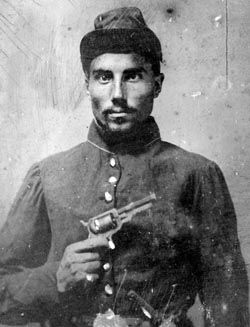
When Butler assumed command of Union forces in Louisiana, he faced an imminent attack and appealed to blacks to join his forces. The first units of Butler’s “Corps d’Afrique” were two 500-man regiments—the 1st Louisiana Native Guards, free blacks with black officers and a white commander, and the 3rd Louisiana Native Guards, former slaves with an all-white officer corps. Butler’s acceptance of the 1st Regiment with its black officers intact was unprecedented.
The men who joined the 1st Regiment were the elite of New Orleans black society: doctors, craftsmen, educators, and landowners, some of whom owned slaves themselves. Their ancestors had fought alongside Andrew Jackson against the British. Now, with their city occupied, and after first offering their services to the Confederacy, they joined Butler. On September 27, 1862, he mustered in the 1st Louisiana Native Guards, the first unit of black soldiers officially accepted into the U.S. Army. Butler would be replaced by Maj. Gen. Nathaniel Banks later that year; Banks strongly opposed the idea of black officers and relegated the Guards to garrison duty while he began purging the units of their black officers by any means he could devise.
In 1862, U.S. Senator Jim Lane resigned to accept a commission as a brigadier general and recruiter in his home state of Kansas. Without waiting for authorization, he raised a regiment of blacks, cavalierly assuming that the War Department would approve. Ordered twice to abandon the project, he refused. In January 1863 Lane’s stubbornness paid off when Federal authorities, who had by now passed the Second Confiscation Act and the Militia Act authorizing the president to employ blacks as he deemed necessary, accepted his units into service.
Performance in Battle
The performance of black soldiers in three battles over a two-month period in 1863 erased any lingering doubts as to their worthiness for combat roles and hastened a massive surge in recruitment and enlistment of African Americans. In late May, the 1st and 3rd Louisiana Native Guards advanced as part of Banks’s XIX Corps on the Confederate bastion at Port Hudson, Louisiana. On May 27, they launched an ill-advised frontal assault against the fortified works. Against overwhelming odds, the two regiments mounted several heroic but futile attacks. Their ranks shredded by sustained artillery and musket fire, the black regiments withdrew after suffering horrendous casualties.
Two weeks later, three regiments of raw, virtually untrained blacks, most of whom were runaway slaves who had been laboring in the fields of Mississippi and Louisiana a few weeks earlier, distinguished themselves in the defense of Union positions at Milliken’s Bend, Louisiana. Attacked by a numerically superior Confederate force, the blacks fought back ferociously; the battle escalated into a savage hand-to-hand melee that turned into one of the bloodiest small engagements of the war. The three regiments, one of which was issued outmoded muskets just the day before the attack, fought the Confederates but suffered appalling casualties.
On July 18, a state regiment of black volunteers, the 54th Massachusetts, led a Union assault on Battery Wagner in South Carolina, another heavily fortified Rebel outpost. Although the attack failed and the 54th suffered heavy losses, the unit’s bravery in the face of terrible odds was unquestioned.
The conduct of the black soldiers on three separate battlefields did much to change racial stereotypes rampant in the North. People who had ridiculed the idea of putting blacks in uniform now endorsed it. Eight months after Fort Wagner, the 20th U.S. Colored Infantry, raised entirely within the state of New York, paraded through New York City and was cheered by whites and blacks alike. It had been only eight months since the infamous draft riots there.
Fighting for their Freedom
By August 1863, 14 regiments of U.S. Colored Troops (USCT) were in the field. The surge in enlistments helped fill the ranks of depleted Union units. By the critical summer of 1864, more than 100,000 blacks were under arms. Unfortunately, the blacks who flocked to the uniform had to deal with limited opportunities for advancement to the officer corps, inadequate training, substandard equipment, lower pay, and inferior medical care. About one in five blacks died from disease, compared with one in 12 whites.
Almost 180,000 African Americans served in the Union Army by war’s end, a little over half coming from the 11 seceded states; 7,122 whites served as officers in USCT units. Black units fought in 449 engagements. On December 15-16, 1864, two black brigades took part in the decisive battle of Nashville, which effectively ended the war in the western theater and was the only major Union victory in which colored units participated.
What had begun as a war to preserve the Union was transformed, in large part owing to military expediency, into a war for black liberation. African American men joined the Union ranks to escape slavery, destroy the Confederacy, prove their loyalty to the United States, and pursue their dreams of freedom and citizenship for themselves and future generations of black Americans.
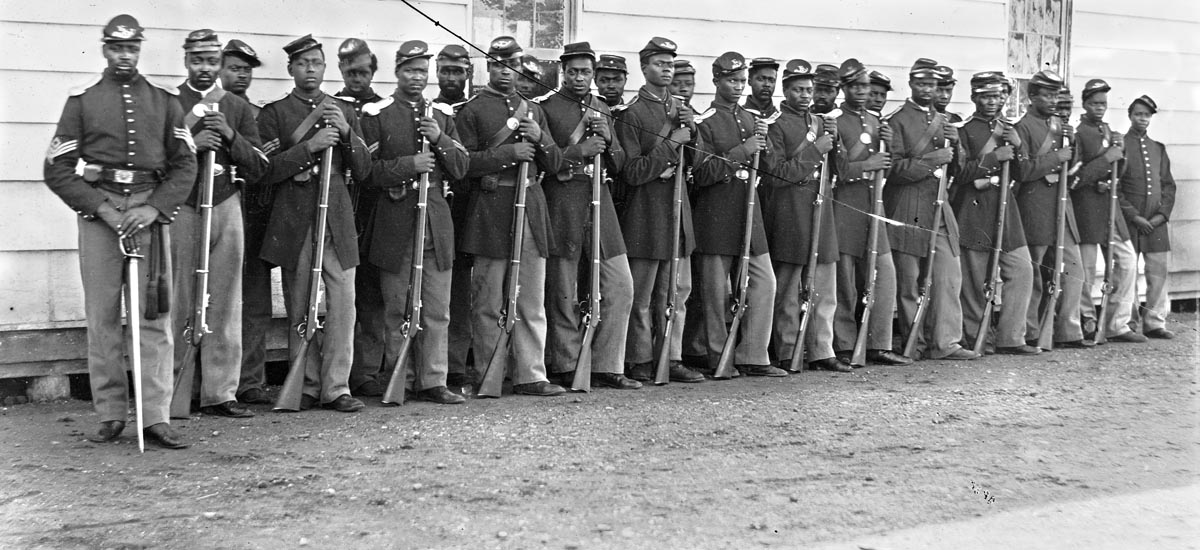
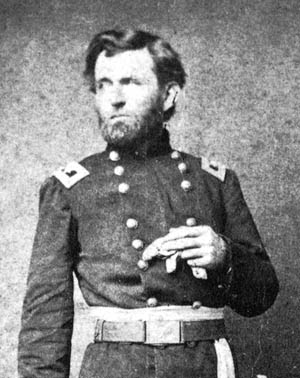
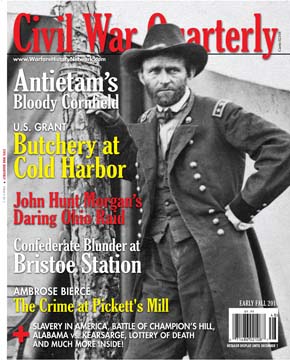
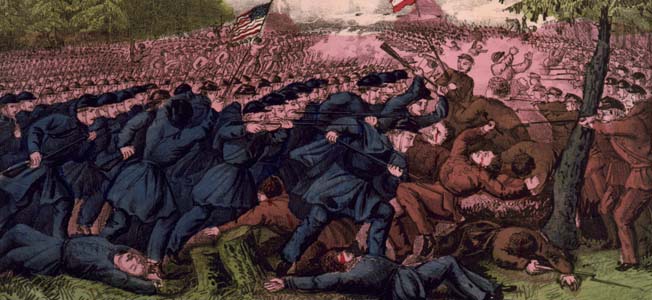
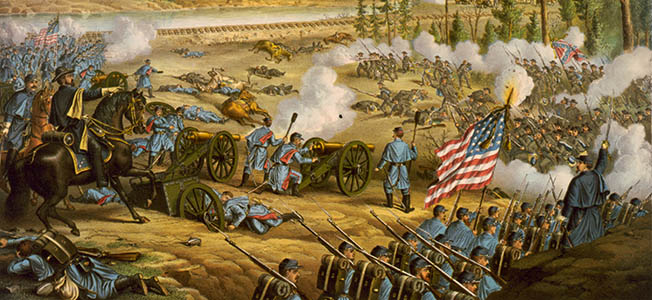
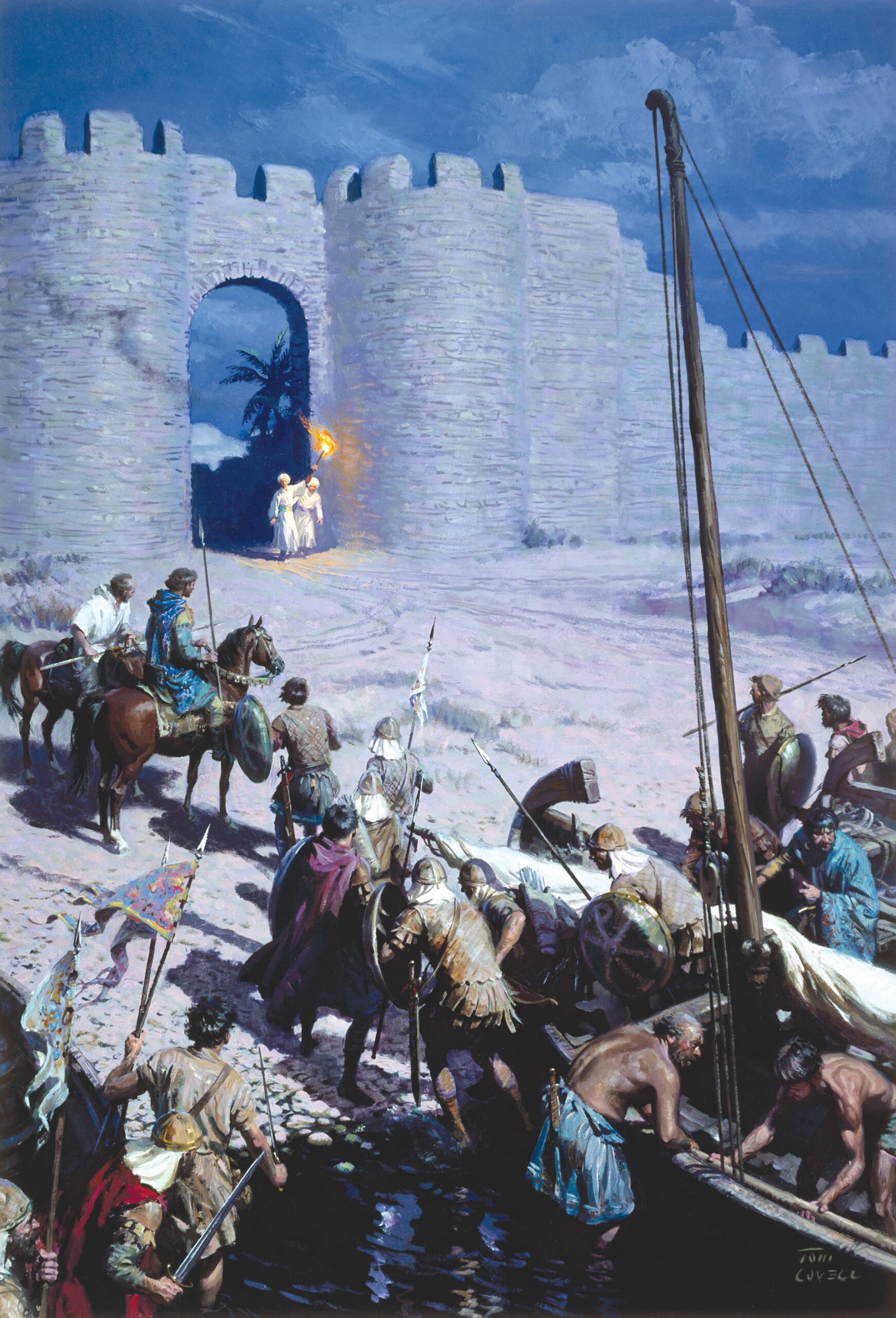
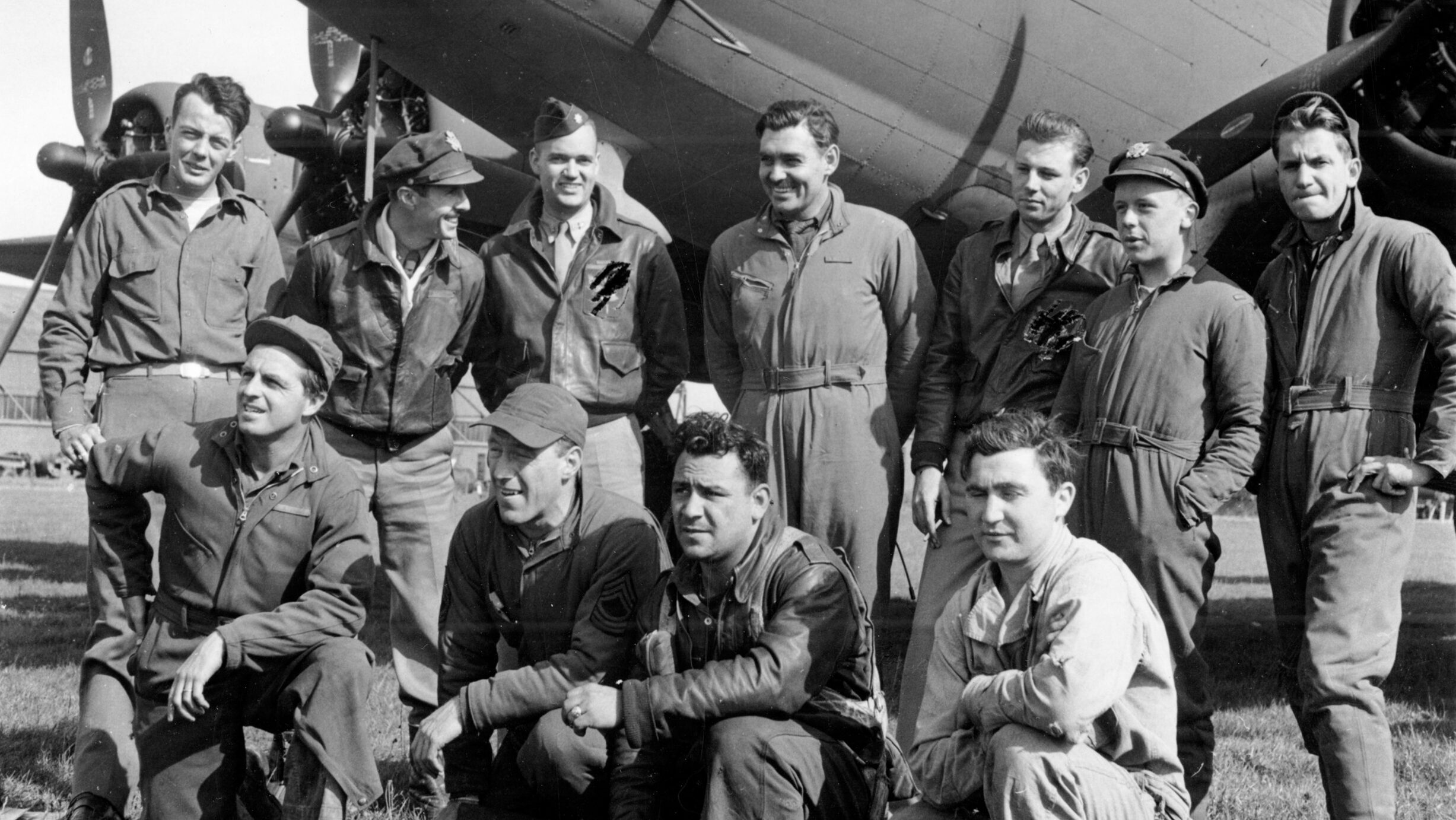
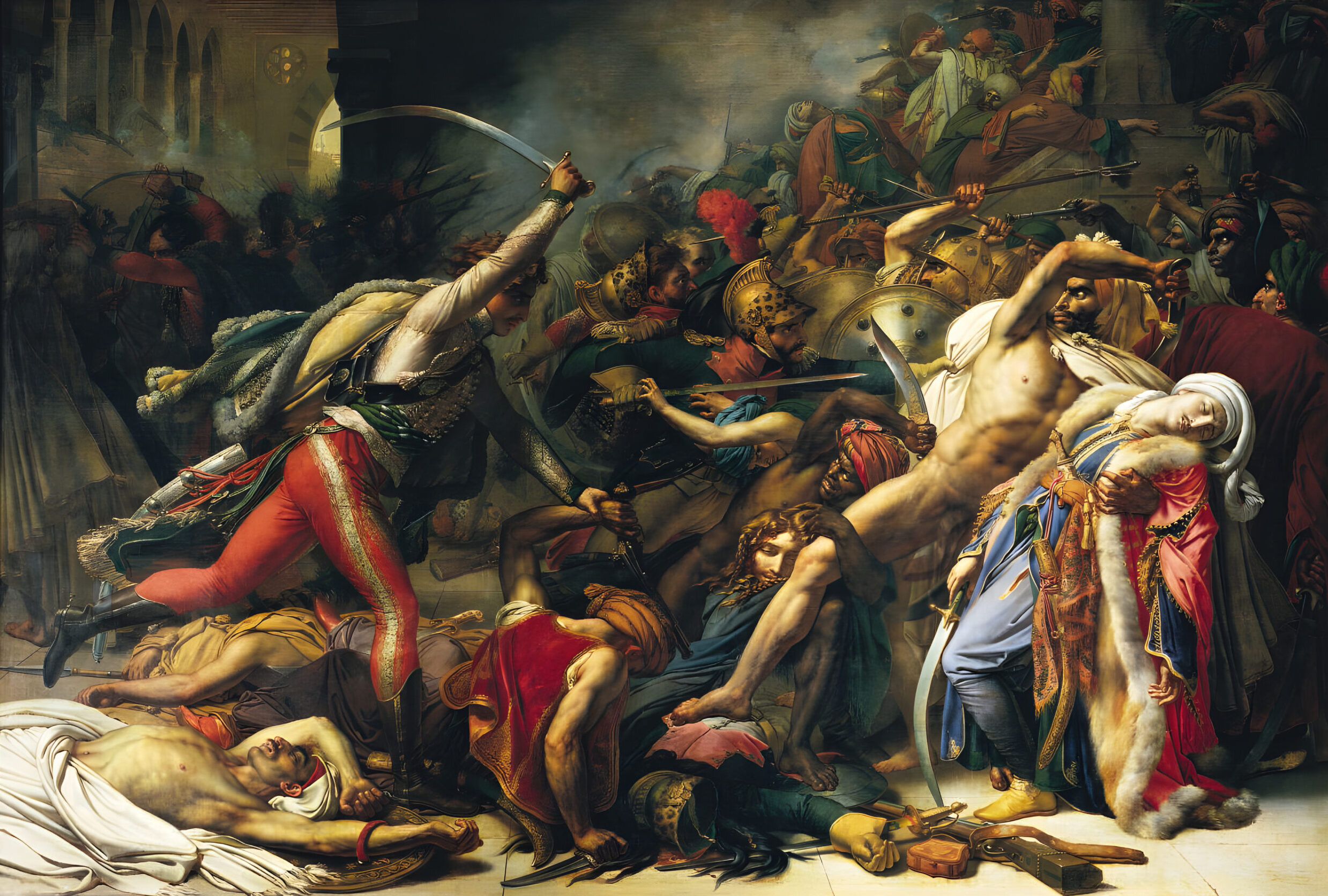
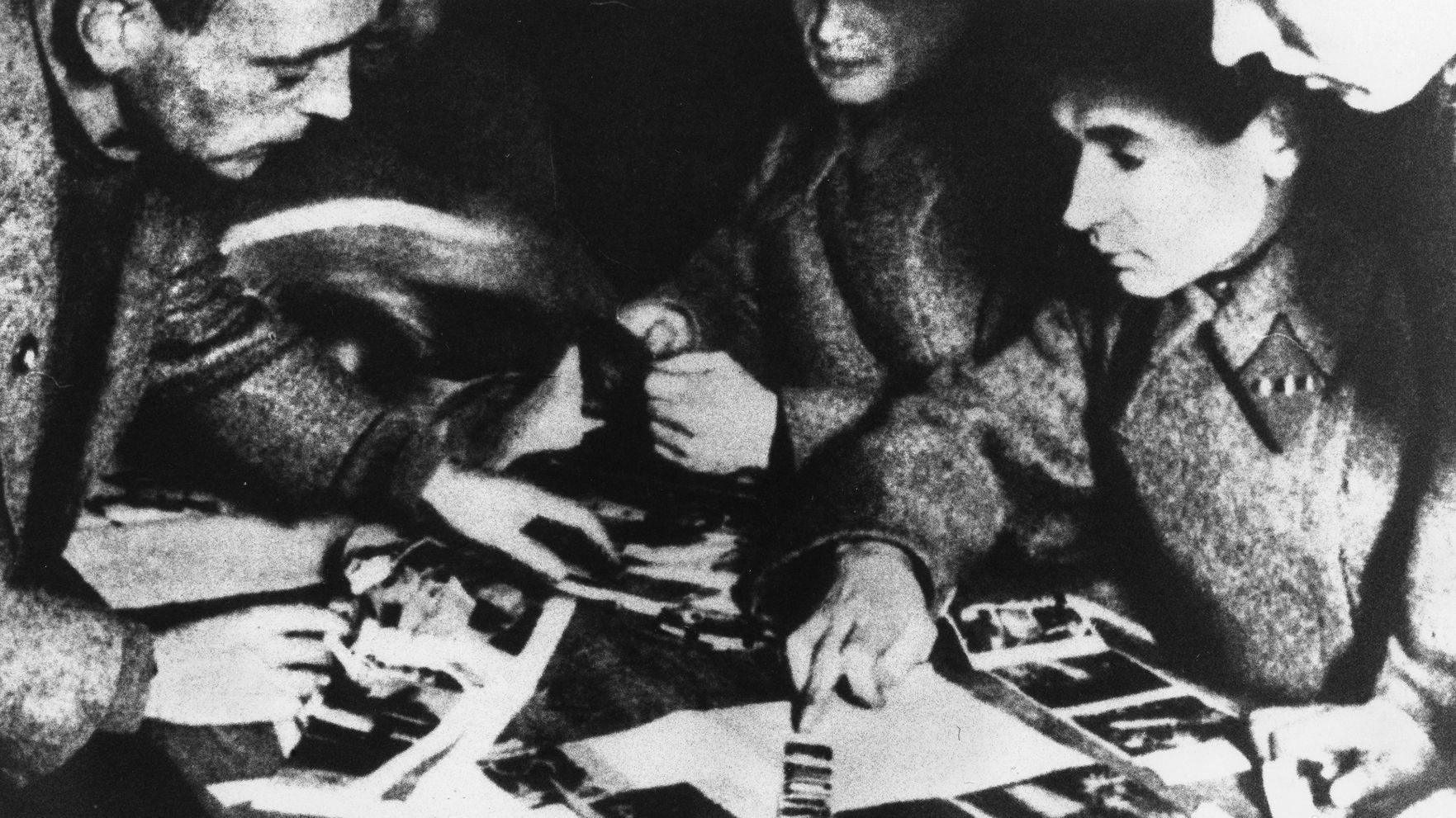
Join The Conversation
Comments
View All Comments